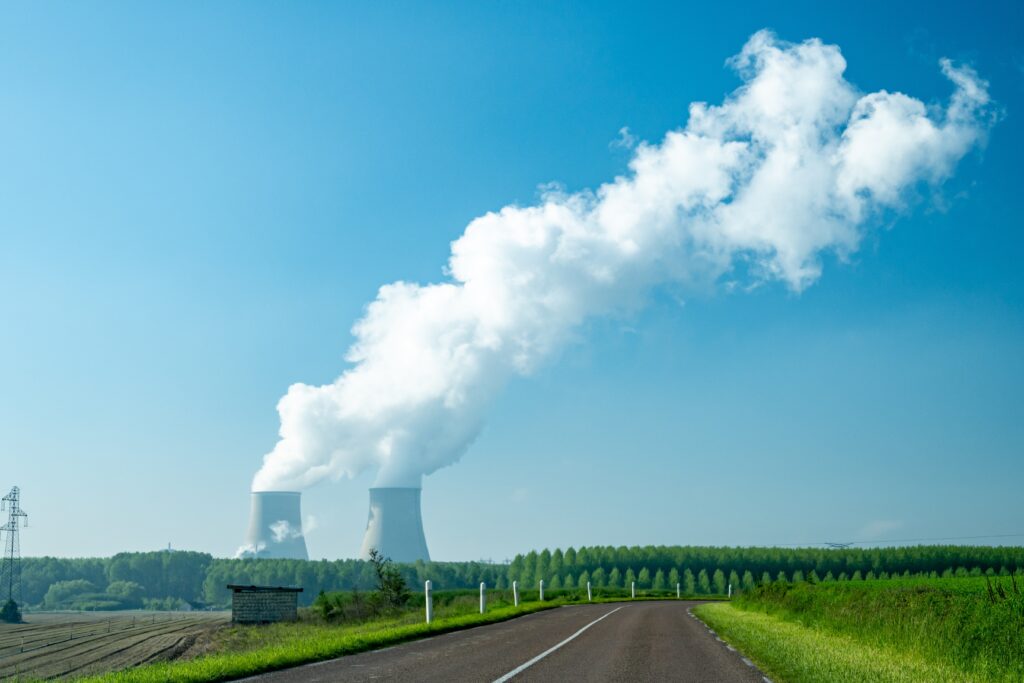Nuclear power is making a surprising return, with new reactors under construction and growing investments from governments and tech giants. A decade ago, the industry seemed to be in decline. Concerns about safety, high costs, and radioactive waste cast doubt on its future. However, global energy demands and climate goals have reignited interest in nuclear energy.
The Rise, Fall, and Rise Again of Nuclear Power
When nuclear energy debuted in the mid-20th century, it was seen as a revolutionary energy solution. Governments embraced the potential of atomic power to produce massive amounts of electricity. A single kilogram of uranium could generate thousands of times more energy than coal. This made nuclear power appear to be the future of global energy production.
Public perception shifted after the 1986 Chernobyl disaster, which released radioactive contamination across Europe. Fear of nuclear accidents grew, slowing the industry’s expansion. The 2011 Fukushima disaster intensified these concerns. Japan shut down its reactors, and Germany began phasing out nuclear power. As a result, many countries re-evaluated their nuclear energy strategies.
This shift led to a global decline in nuclear power capacity. From 2011 to 2020, the International Atomic Energy Agency reported a 48GW loss in nuclear power generation capacity. However, some countries resisted this trend. China’s nuclear reactor count grew from 13 in 2011 to 55 today, with 23 more under construction. This growth reflects China’s drive to meet its increasing energy demands.
Today, nuclear power is back on the agenda. Rising global energy needs and climate goals are driving renewed interest. As temperatures reach record highs, countries seek cleaner energy sources to cut carbon emissions. The Ukraine conflict also raised energy security concerns, encouraging governments to reconsider nuclear power’s role as a stable energy source.
Countries like South Korea and France are reversing earlier nuclear reduction plans. South Korea now aims to expand its nuclear fleet, while France plans to build up to eight new reactors. At COP29 in Azerbaijan, the United States announced its goal to triple nuclear power output by 2050. This target is shared by 31 other countries, including the UK, France, and Japan.
Recent international climate summits have accelerated nuclear power’s resurgence. At COP28, countries agreed to fast-track nuclear energy to support global decarbonization efforts. COP29 saw the US and UK announce plans to speed up the development of new nuclear technologies.
Technology, Investment, and Future Challenges
Tech giants are playing a pivotal role in nuclear’s revival. Data centers, which support AI and cloud computing, need constant, large-scale power. In the US, data centers already account for 3.5% of total electricity consumption. This share could rise to over 9% by 2030. In response, Microsoft signed a 20-year deal with Constellation Energy to buy power from Pennsylvania’s Three Mile Island plant—the site of the infamous 1979 nuclear accident. This move signals a shift toward recognizing nuclear power’s role in clean energy.
Other tech leaders, like Google and Amazon, are exploring Small Modular Reactors (SMRs). These reactors are smaller, cheaper, and quicker to build than traditional reactors. SMRs use standardized components and can be placed near high-demand areas. Over 80 SMR designs are under development worldwide, but most are still in the early stages and have yet to prove commercial viability.
Despite the optimism, major challenges remain. Traditional nuclear plants face cost overruns and construction delays. The Hinkley Point C project in the UK, the country’s first new nuclear station in decades, is five years behind schedule. Costs have surged by £9 billion ($11.5 billion) beyond the original estimate. In Georgia, USA, the Plant Vogtle reactors opened seven years late and cost more than $35 billion—double the initial budget.
SMRs are seen as a potential solution to these cost issues. Their smaller size and modular design could lower construction expenses and reduce delays. However, SMRs remain unproven on a commercial scale, and their economic viability is still in question.
Proponents argue that nuclear power is vital for achieving climate goals and ensuring energy security. Rod Adams of Nucleation Capital highlights nuclear’s proven safety record, low environmental impact, and ability to provide reliable, low-carbon power. He believes nuclear energy is essential for decarbonizing the global economy.
Opponents remain skeptical. Professor M.V. Ramana of the University of British Columbia argues that nuclear energy is costly and inefficient. He suggests prioritizing cheaper, renewable energy options like wind and solar to achieve emissions reductions more affordably.
One of the most contentious issues is radioactive waste disposal. Nuclear waste remains hazardous for thousands of years, raising long-term safety concerns. Most countries are working on geological disposal—burying waste in deep underground facilities. So far, only Finland has successfully completed such a site. Environmental groups question the long-term security of these methods, and public resistance remains strong.
The debate over waste disposal will likely shape the future of nuclear power. Solutions to this issue could either enable nuclear’s widespread adoption or stall its progress.
As the world faces mounting climate and energy crises, nuclear power’s future hangs in the balance. It remains to be seen if nuclear energy can meet its potential or if its old challenges will prove too difficult to overcome.
